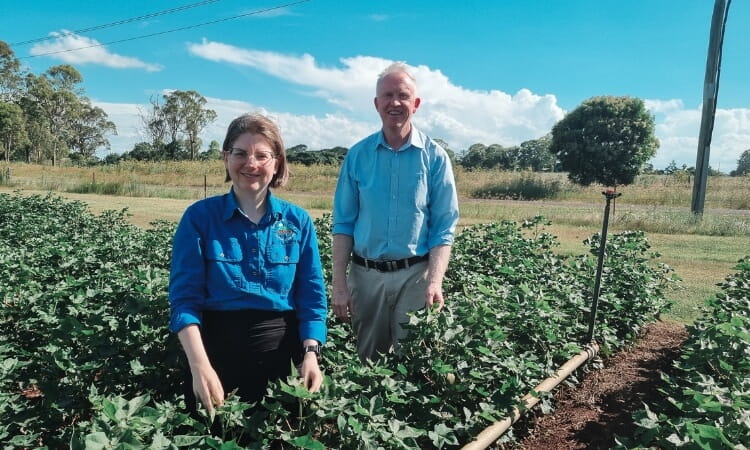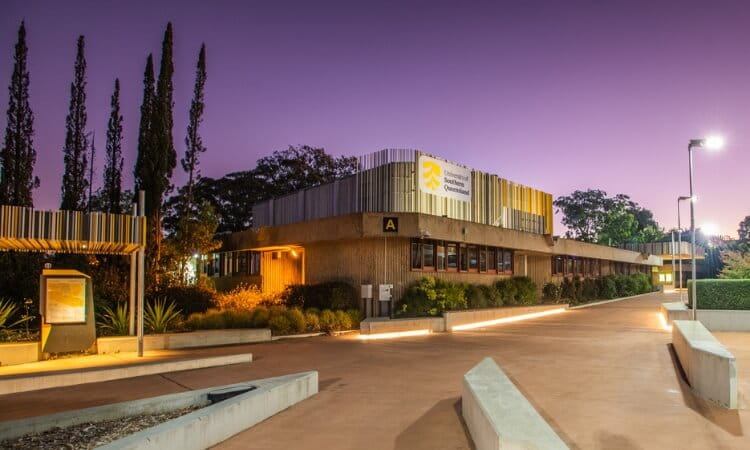So you think you can help, dancers?

Dancers, teachers and parents of young dancers are being urged to step up for a survey exploring the health literacy needs of Australian dancers.
University of Southern Queensland’s Dr Melanie Fuller, a musculoskeletal physiotherapist and researcher investigating injury reduction in dance, leads a research team aiming to learn how the dance community wants to receive health education and what information they want to know.
Dance is the third most popular physical activity for Australian girls and remains popular for females over 15, according to AusPlay data.
However, participation rates steadily decline with age.
Dr Fuller, who has worked with various ballet, contemporary dance and musical theatre companies, is interested in why dancers don’t continue to dance.
AusPlay data reports some of the most common reasons dancers drop out are health concerns, injuries and fear of injury.
“Dance places extreme physical demands on the human body and can involve a high volume of training, which isn’t always matched by the physical condition needed to perform consistently,” Dr Fuller said.
“Access to high-quality dance-specific health services can be limited at the pre-professional and recreational levels of dance, so improving knowledge in dance health may assist with injury management and better recognition of psychological concerns in the dance community.”
The survey, run by the University of New South Wales, invites non-professional and recreational dancers of all forms, parents and guardians of dancers under 18, and dance teachers to participate.
The survey seeks to discover what participants know about health to support their dancing, where they usually receive health information, what they want to learn to support their health for dance training and why they do or don’t participate in dance research.
“We hope to understand the best way to provide education to improve health literacy in the dance community at a grassroots level to promote a lifetime of dance participation for physical activity, optimisation of health and performance, and reduction of injuries,” Dr Fuller said.
The research study has evolved as part of a working group of the Dance Research Collaborative that focuses on dance-related research in health, education, performance, injury and epidemiology.
Dr Fuller said the study would provide an essential step towards informing the delivery of health information to the Australian dance community and lay the groundwork for future research endeavours.
“The dance community is very passionate, as is this team of researchers that love this art form and are motivated to provide high-quality health information to keep dancers healthy and dancing at their best for longer,” she said.
If you’d like to learn more about the survey or dance research, you can get in touch with Dr Fuller via email.


